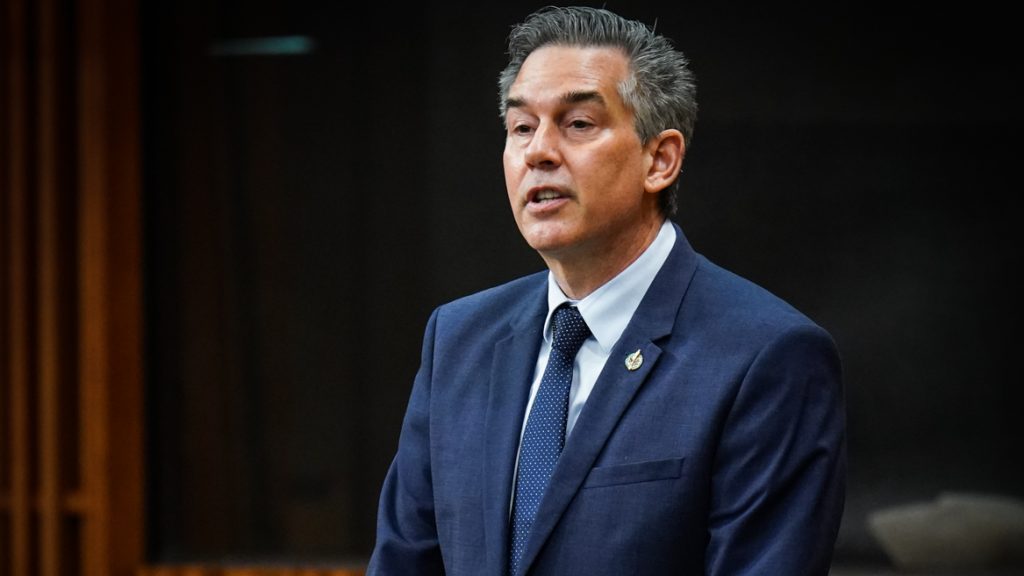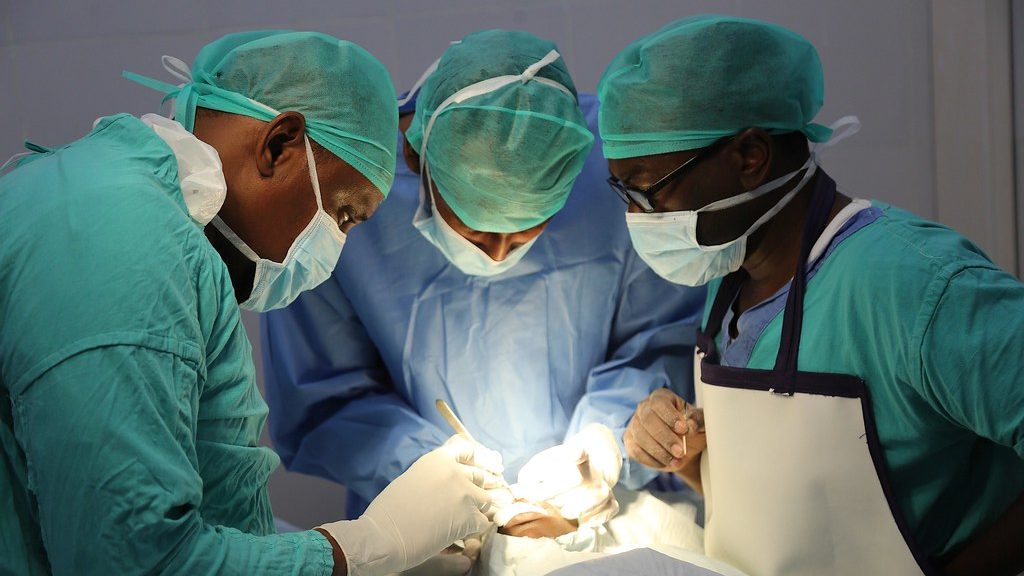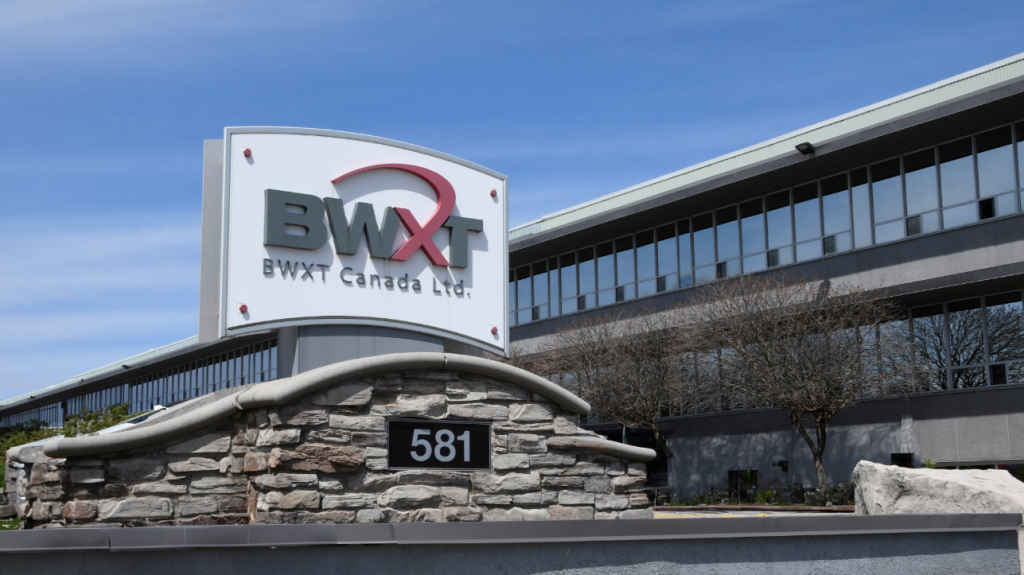Canadian Space Agency boss holds conference on future of space program
Posted Feb 25, 2014 02:36:43 PM.
This article is more than 5 years old.
LONGUEUIL, Que. – About 100 key players, including representatives from industry, academia and government, met at the Canadian Space Agency on Tuesday for what was billed as the country’s first annual space conference.
The event took place just a few weeks after Industry Minister James Moore announced Canada’s new space policy framework.
The federal policy framework makes sovereignty and security the top priority and one presentation at Tuesday’s conference focused on the Department of National Defence’s involvement in space strategies.
Space agency boss Walt Natynczyk, whose mandate is to revitalize the space sector, opened the day-long conference.
The morning session focused on presentations from several senior government officials who are in charge of the use of Canadian space assets.
Federal officials with Defence Research and Development Canada, the National Research Council and Environment Canada also spoke.
All government departments had been asked to take stock and articulate what their requirements in space would be.
The afternoon sessions dealt with a number of themes which included commercialization, the key capabilities of the industry, space exploration and earth observation and satellite services.
The space conference took place under tight federal budget restraints although Moore said earlier this month the Canadian Space Agency under Natynczyk has plenty of money to achieve its goals.
The current CSA budget is $260 million.
During a conference call to discuss MacDonald, Dettwiler and Associates Ltd. (TSX:MDA) fourth-quarter results, CEO Daniel Friedmann said Tuesday that there was no money in the recent federal budget for the Canadian Space Agency.
But he welcomed the new space policy as a return to “the tried and true Canadian approach which built MDA and SPAR and the Canadian aerospace industry.”
He noted that the policy’s second priority is to support industry.
“That’s what it used to be way back, (but) we lost our way on that,” Friedmann added.
One project that many observers consider to be a major priority is the Polar Communications and Weather (PCW) satellite system. It would involve putting two satellites into high elliptical orbit for communications and weather observation in the Arctic and they are to begin operations in 2017.
Prime Minister Stephen Harper has also made Arctic sovereignty one of his priorities.
Friedmann also commented on PCW, noting that the recent budget had also pushed all defence procurement aside.
“So, to the best of our knowledge, we don’t expect to see action in the next 12 months on that,” he added.
The MDA executive noted that his firm had provided technical and financial information, but there has been no approved budget for the PCW satellite program.
The space technology company earlier reported a big increase in both fourth-quarter revenue and earnings.
MDA, best known for the robotic arms used on the International Space Station, said net earnings in the three months ended Dec. 31 were $25 million or 70 cents per share. That was up from $11 million or 35 cents per share in the same 2012 period.
Revenue rose almost 28 per cent to $476.7 million from $372.6 million.
Operating earnings for the quarter were $48.3 million or $1.34 per share, up from $39 million or $1.22 per share.
For the full year 2013, MDA reported net earnings of $105 million or $3 per share on revenue of $1.8 billion, up from $83.9 million or $2.63 per share on $879.9 million in revenue.
Follow Peter_R_Space on Twitter










